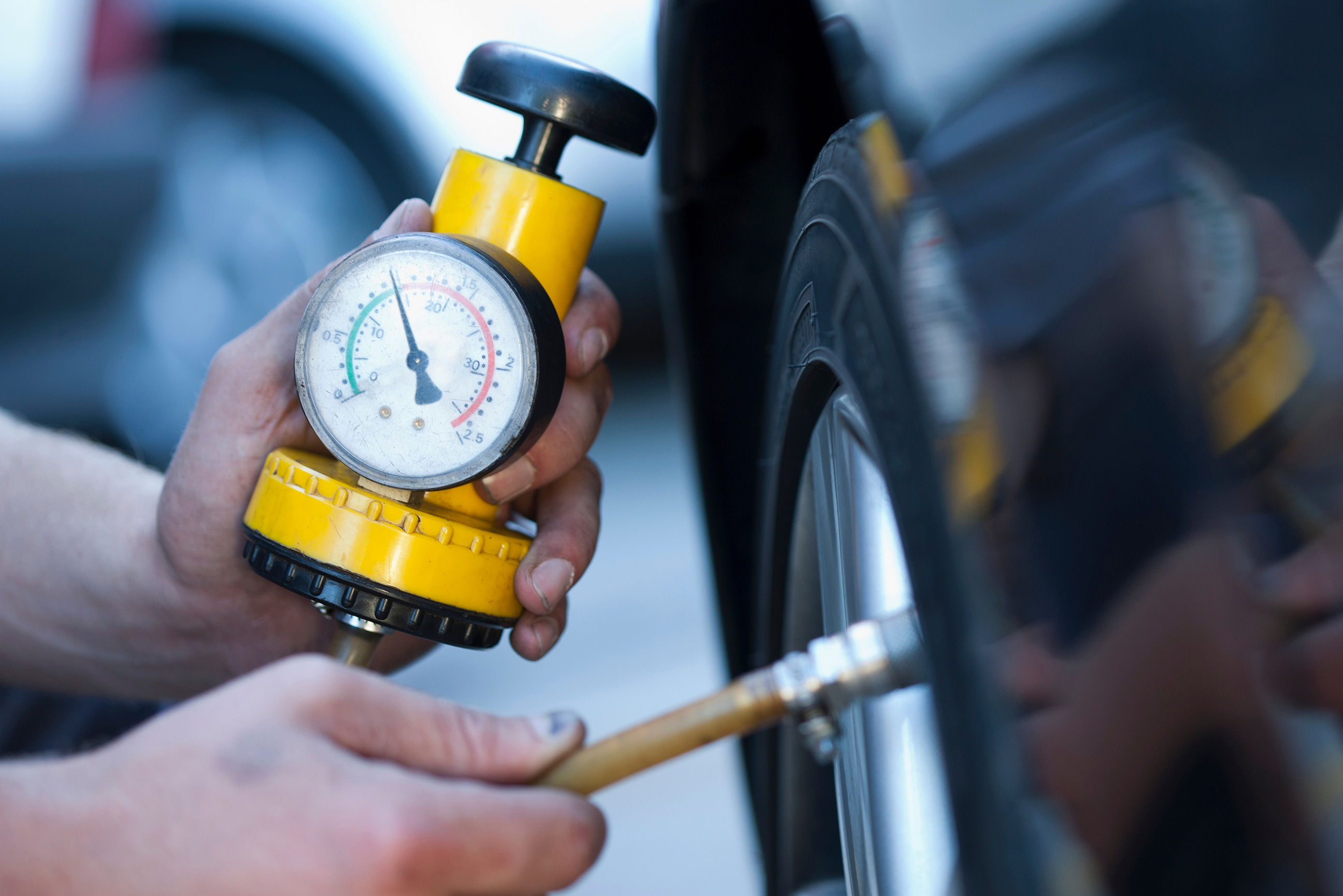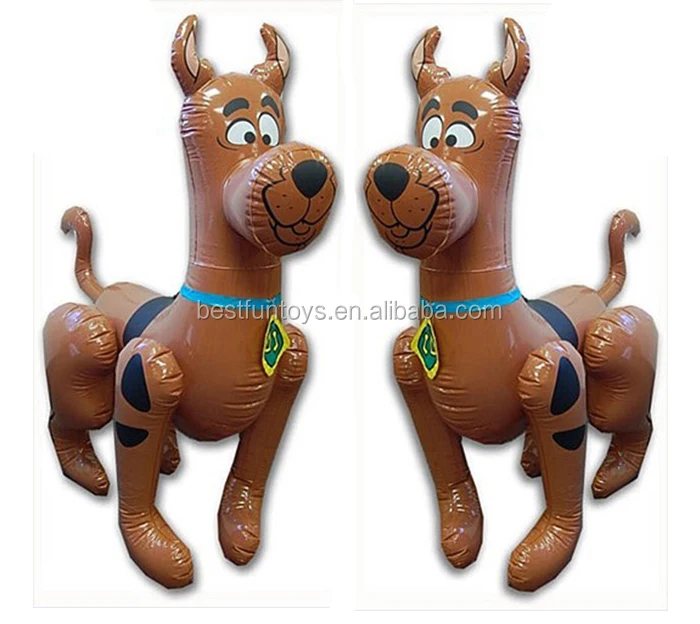
- Tire low inflate to 35 psi meaning drivers#
- Tire low inflate to 35 psi meaning driver#
- Tire low inflate to 35 psi meaning plus#
How does underinflation become dangerous? Here are some reasons. Having inadequate tire inflation can negatively affect your car’s performance, shorten the life of your car’s tires, or even cause a tire to fail.Īdditionally, if your tires are under-inflated, they don’t respond as quickly as they would if they were adequately inflated therefore, your car loses performance and some of the safety benefits provided by the tire manufacturer. Is It Dangerous To Drive With Under Inflated Tires?
Tire low inflate to 35 psi meaning drivers#
While most of the underinflation occurs due to drivers not checking the tire pressure regularly, it could also be caused by changes in temperature therefore, it’s advisable to factor in the summer highs and winter lows when maintaining your tires.

Under-inflated tires occur when the tire pressure is too low compared to the recommended pounds per square inch (PSI).Īccording to a National Highway Traffic Safety Administration (NHTSA) report, tires under-inflated by 25% are three times more likely to cause car accidents than correctly inflated tires.Īny tire with pressure below the stated maximum inflation pressure on the sidewall could be considered underinflated. Keep on reading for more information about the dangers of driving with under-inflated tires, symptoms of underinflation, and the recommended PSI! What Does Under Inflated Tires Mean? Most passenger cars come with recommended PSI of 30 to 35.

When the pressure is too low, the tires will wear out on the outside edges of the tread, start overheating, eventually leading to a blowout or accident. Under-inflated tires are dangerous to drive on because they cause the car to lose stability, negatively affecting handling, stopping, and cornering. So, how dangerous are underinflated tires, and how can you identify the symptoms? Here’s what I discovered.
Tire low inflate to 35 psi meaning driver#
However, it’s common for drivers to have under-inflated tires, which shortens the tires’ lifecycle and could cause the driver to lose control of the car. Not knowing the limits for anything whether it be tire pressures or loading your car is an accident waiting/ begging to happen.When driving, having the correct tire inflation pressure significantly affects the vehicle’s performance, fuel efficiency, and safety on the road. I constantly have to monitor the tire pressures on the dump trucks, tractors and yes SUV I drive when swapping off heavy loads for driving comfort…I think I’m part of the normal driving public in general otherwise and I am thankful to have the maximum loads and pressures on all the tires I deal with…even my bike tires. My conservative 35 psi can easily approach max inflation, blow the tire off the rim pressures if you don’t check them regularly. Some tires have very narrow load ranges and increasing inflation with a heavy load on a cold day in late spring which everyone would agree is reasonable, can be problematic if you don’t check it a few weeks later during a heat wave. It seems very reasonable as a CYA that manufacturers put maximum inflation pressures and maximum loads on ALL their tires. I think I know what you mean as far as the less then average joker is concerned, but the tire manufacturer does not have the final say on what tires are mounted on what cars. It’s just valuable, additional public has no need to know the limits of the tire " They are not contradictory numbers so I have to disagree that it is a " numb skull " idea. The actual load on the tire on a particular car can be much different and the pressure is more in line with that on the door.

The pressures on the side wall can be maximum or that used to support the maximum load rating of the tire. Just remember though, many, many drivers are numb skulls when keeping up with and monitoring their tire pressure and need a little reminder that if a little more is good, a lot more is not necessarily better when it comes to adding air.
Tire low inflate to 35 psi meaning plus#
The import thing is, the pressures are all the same and being within a few pounds on the plus side is no big deal. Remember too, that once you start driving, this and weather changes will alter pressures. Running a little higher is worthwhile if you often load your car and it’s inconvenient for you to change pressures. Adding a few extra pounds when tripping with the heavier loads of more passengers is more important then worrying about a static tire pressure you use all the time. Just using the door panel recommendations is perfectly adaquate, especially if you drive normally which means with lighter loads.


 0 kommentar(er)
0 kommentar(er)
